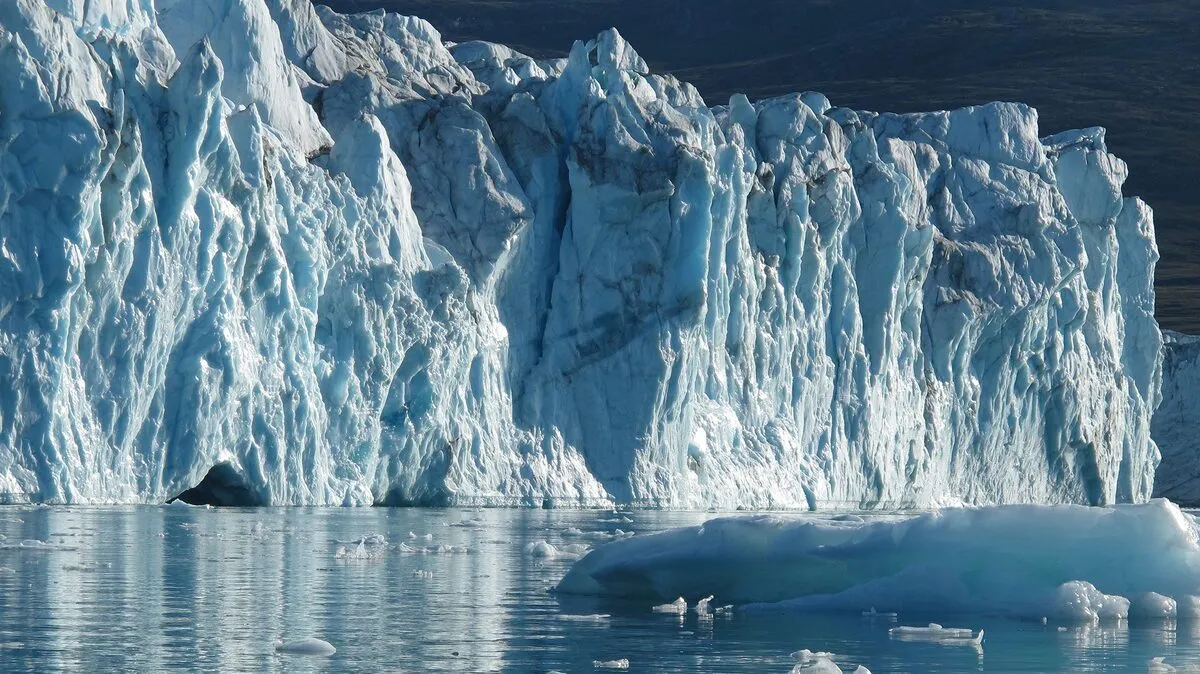75% of Glacier Could Vanish Even if Warming Stops

An international study using glacier models shows that even stabilizing temperatures at today’s levels would still cause nearly 40% loss due to the delayed response of glaciers. Researchers stress that every fraction of a degree makes a difference, and the consequences of today’s climate choices will resonate for centuries, the journal Science reported.
If global temperatures rise by 2.7 degrees Celsius, which aligns with current climate policies, only about one-quarter of the world’s glacier ice would remain. That’s the sobering conclusion of a major international study, which includes researchers from the University of Bremen.
The study also offers a sliver of hope. If global warming can be limited to 1.5 degrees Celsius, the goal of the Paris Climate Agreement, just over half of all glacier ice could still be saved.
To reach these findings, 21 scientists from ten countries used eight independent glacier models to simulate the long-term fate of more than 200,000 glaciers around the world, excluding those in Greenland and Antarctica. They tested a range of global temperature scenarios and assumed temperatures would hold steady over thousands of years in each case.
One of the most striking results is that glacier loss will continue even if global warming stops today. At the current global temperature of 1.2 degrees Celsius above pre-industrial levels, nearly 40 percent of glacier ice is already expected to vanish. This is because glaciers respond slowly to climate change, meaning their melt is largely locked in. That alone will contribute over 10 centimeters to sea level rise. And for every additional 0.1 degree of warming, scientists predict another 2 percent drop in global glacier mass.
Professor Ben Marzeion from MARUM – Center for Marine Environmental Sciences at the University of Bremen is involved in the study. “The results underline the fact that current climate policy plays a decisive role in how glaciers will develop in the future. Not just concerning the coming decades, but also in several hundred years’ time. It illustrates the responsibility we carry for generations to come,” emphasizes Marzeion.
“Our study makes it painfully clear that every fraction of a degree matters,” says co-lead author Dr. Harry Zekollari from the Vrije Universiteit Brussel. “The choices we make today will resonate for centuries, determining how much of our glaciers can be preserved.”
In all scenarios, glaciers lose mass rapidly over decades and then melt more slowly for centuries, even if it does not get any warmer. This means that the current warming will continue to affect the glaciers for a long time before they have retreated to higher altitudes and reached a new equilibrium.
“Glaciers are good indicators of climate change because their retreat allows us to see with our own eyes how climate is changing. However, since they adjust over longer timescales, their current size vastly understates the magnitude of climate change that has already happened. The situation for glaciers is actually far worse than visible in the mountains today,” says co-lead author Dr. Lilian Schuster from the University of Innsbruck.
Glacier retreat not only affects sea levels, but also has far-reaching consequences for the availability of fresh water, increases the risk of glacier-related hazards, and threatens glacier-based tourism. These changes are already making themselves felt in many regions and underline the importance of a global climate policy.
The study is an important contribution to the United Nations International Year of Glacier Preservation (2025) and underlines the urgent need for global climate action to save the world’s glaciers. The research was conducted as part of the Glacier Model Intercomparison Project (GlacierMIP), coordinated by the Climate and Cryosphere (CliC) project of the World Climate Research Program WCRP.
4155/v





















